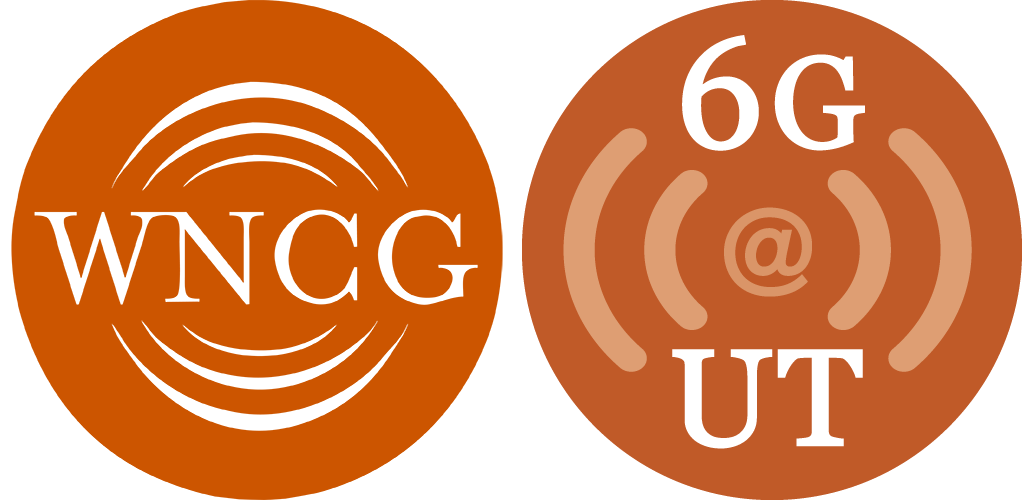WNCG Founder and UT's WICAT site director, Prof. Ted Rappaport, and Ph.D. students James Murdock, Felix Gutierrez, and Eshar Ben-Dor, recently published the paper titled 'Challenges and Approaches to On-chip Millimeter Wave Antenna Pattern Measurements' at the 2011 IEEE MTT-S International Microwave Symposium (IMS) in Baltimore, MD. The paper addresses challenges and offers several possible solutions to on-chip antenna measurements and wafer probe radiation removal, which are key issues that plauge the industry today. In a probe-station environment, multipath and radiation from the probe, itself, can interfere with and mask the true pattern of the on-chip antenna, itself. WNCG has developed several novel calibration methods that offer promise for removing the interference from the probes and surrounding test environment, to allow the industry to ascertain the true radiation pattern of these tiny on-chip antennas. An expanded journal submission is in development for the IEEE Transactions on Microwave Theory and Techniques Special Symposium Issue to be published in Dec. 2011. As part of WNCG's efforts to create new knowledge and to develop future leaders in the sub-THz wireless world, Prof. Rappaport's team has just published an IEEE Proceedings article, 'State-of-the-art in 60 GHz Integrated Circuits and Systems for Wireless Communications,' a complete in-depth tutorial that brings the fields of communications, electromagnetics, and circuits together, and offers a roadmap for the future of Sub-THz communications. Also, Murdock and Rappaport are releasing through Pearson/Prentice-Hall a new book on 60 GHz communications, written with fellow WNCG/WICAT professor Robert Heath and alumnus Bob Daniels. And students are gaining valuable experience and making strong contributions at WNCG/WICAT Affiliate sponsors. In January, Texas Instruments recruited James Murdock for a semester-long internship at their Kilby Labs in Dallas, Texas. While at TI, James contributed to THz and millimeter-wave circuit and antenna design. These areas of research are being actively pursued by Texas Instruments, and are being eyed by the wireless industry as a whole for the innovative millimeter-wave systems, such as personal radars, gigabit-per-second data links, and personal sensor technology such as hand-held spectrometers. For these new applications, new measurement science must be developed to allow chip manufacturers to properly characterize and understand circuitry behavior, as well as RF antenna performance in a probe-station environment.

